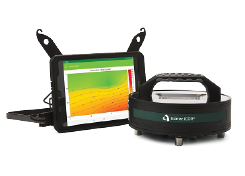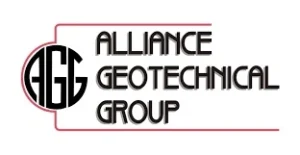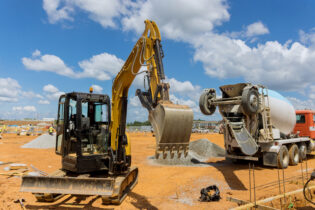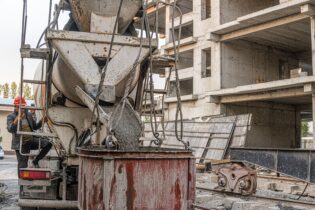
Precisely monitor the temperature of your concrete structures under any conditions

Collect real-time in-situ concrete strength data through maturity-based sensors
Maturity-Based Concrete Strength Monitoring
Self-Calibrating Concrete Strength Monitoring
AI-powered precision for every concrete mix for the Producers
Instant ROI
AI-Powered Decision Making
Drive Sustainability
Core Quality Control

Corrosion detection in concrete reinforcement
Concrete quality detection lab equipment






Devices for Measuring Rebar Corrosion, Permeability, and Resistivity of Concrete
Experts revolutionizing the construction industry
Stay on the cutting edge of concrete tech
Save the date and join us at future events and conferences

The construction industry is undergoing major changes. As cities grow and emission rules get stricter, companies are reevaluating the equipment they use. In 2025, construction machinery will no longer be just about raw power. They are becoming smarter, cleaner, and more efficient than ever before.Electric, hybrid, and hydrogen-powered vehicles are becoming more common. Additionally, automation and robotics are transforming how work is performed. These advancements lower costs, cut pollution, and improve safety at job sites. In this blog, we’ll explore the leading trends and provide tips for selecting the right construction vehicles and equipment.The Rise of Electric and Clean Power VehiclesOne of the most notable shifts in construction equipment today is the move toward electric, hybrid, and hydrogen-powered machines. Global manufacturers such as Caterpillar, Volvo CE, and JCB are introducing electric excavators, loaders, and haulers that are well-suited for urban and indoor applications. These machines are ideal for urban and indoor projects where noise reduction and zero on-site emissions are critical.Hybrid equipment is also gaining traction as a practical transition technology. By combining diesel engines with electric motors, hybrids deliver improved fuel efficiency and reduced emissions without relying entirely on charging infrastructure. This makes them well-suited for heavy-duty applications or…

Germany has long been known for its rigorous engineering and construction standards, and its concrete regulations are no exception. Recent updates to DIN 1045-2 and DIN 1045-3 reinforce the importance of precision and performance on every jobsite.Whether you’re a contractor, engineer, or a quality control manager, understanding these standards is essential for delivering safe, durable, and compliant structures. This blog breaks down Germany’s core concrete standards and explains how real-time monitoring tools like Giatec’s SmartRock™ can support compliance.Overview of Key StandardsConcrete production and testing in Germany are governed by a combination of European and national regulations:These documents form the foundation of concrete specification, testing, and design in Germany, aligning with European practices while incorporating national requirements.Want to learn more about Saudi Arabia Concrete Standard? Read more here!Units of Measurement and Testing FormatsGermany uses the metric system throughout its standards. Common units include:For compressive strength testing, specimens typically include:On-site testing usually requires one cube per 100 m³ of concrete, while production facilities adhere to more frequent and detailed testing protocols.Curing conditions are standardized at 20°C ±1°C and >90% humidity, following quality control guidelines.Early-Age Strength and Maturity MonitoringGermany references BS EN 12390 for calculating early-age strength. The method uses cement-specific coefficients (βcc)…

Civil engineering is undergoing a rapid transformation. With the demand for smarter infrastructure, sustainable design, and emerging technologies on the rise, the expectations for civil engineers are evolving fast. To succeed in this environment, engineers must go beyond technical know-how. They need to master digital tools, adapt to change, and take leadership roles in reshaping the built world. In this blog, we’ll explore the top high-paying civil engineering careers in 2025, the essential skills needed to attain these roles, and how emerging trends like artificial intelligence (AI) are reshaping the industry’s future. Whether you’re a seasoned engineer or an aspiring professional, these insights will help you navigate the evolving landscape and perhaps fast-track your own civil engineering career success. Where Civil Engineering Jobs Stand Today Construction across North America is booming. Public funding from programs like the U.S. Infrastructure Investment and Jobs Act and Canada’s Investing in Canada Plan is fueling major transportation, water, and energy projects. Job Market Snapshot (2025): High-Demand Roles Today: Engineers fluent in green design and digital tools like BIM are seeing a salary boost over traditional roles. High-Paying Civil Engineering Careers in 2025 Civil engineering offers a wide spectrum of career opportunities, but some roles stand out for their earning potential and impact. These…

Visit our careers page to learn about our award-winning culture and our open positions.
*Limited kits available. Claim yours today!